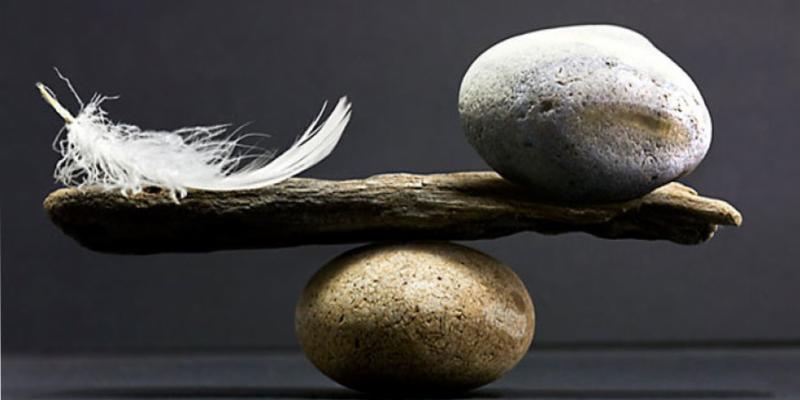
One of the many perks of doing what I do is to bear witness to the effects that the practice of yoga can instill in people. This past weekend was a prime example of such an experience as it was the first time I've offered "Self-Care and Healing" as part of our Advanced Studies program. The weekend was in some ways a "staycation" for those who attended, with time spent not only learning what it means to personalize our own self-care but also practicing deep relaxation, restorative yoga with essential oils and self-massage, sound, meditation, and a supportive community. It felt as though the students floated out of the studio on Sunday evening and when I saw many of them on Monday and throughout the week, they still held the glowing residue of the weekend. They had found their way into a state of Sattva, the Sanskrit word that is described as the quality of balance, harmony, goodness, purity, universalizing, holistic, constructive, creative, building, positive attitude, luminous, serenity, being-ness, peaceful, and virtuous.
Sattva is one of the three gunas, or "modes of existence" a philosophical and psychological concept developed by the Samkhya school of Hindu philosophy (Wikipedia). The other two qualities are Rajas and Tamas. Rajas is the quality of passion, activity, neither good nor bad and sometimes either, self-centeredness, egoistic, individualizing, driven, moving, and dynamic. It has an energy of movement and action in contrast to Tamas which is the quality of imbalance, disorder, chaos, anxiety, impure, destructive, delusion, negative, dull or inactive, apathy, inertia or lethargy, violent, vicious, and ignorant. When these energies are in balance to each other, we find ourselves in a state of Sattva or peacefulness.
Many people who step onto the mat are seeking a sense of ease and peacefulness in their lives whether it's in a physical, emotional, mental, or spiritual form. Our physical bodies are constantly seeking a relatively stable state of equilibrium, something known as homeostasis. For example, the role of the kidneys in maintaining normal blood pH within normal limits (7.35-7.45), called acid-base homeostasis, is a complex synergy involving three organs (lungs, kidneys, and brain) as well as chemical buffers in blood and blood cells. A disruption to this fine balance can cause illness so, in a sense, we are constantly seeking Sattva even if we aren't aware of doing so.
As we aim to find peacefulness in our lives, it's important to actually know what that feels like. This past weekend's students got a huge dose of that feeling, and when that happens, we also get the sense that we want to feel like this all the time. I didn't want to be the person to burst the bliss bubble, but these states simply don't last because something called life steps in and attempts to throw us off balance. We might get ill or injured and be forced to take some time off to recover, we become more tamasic which might leave us feeling lethargic and grumpy. Or we might have too much on our plate, even if it's in joyful celebration of a life event and find ourselves constantly on the go powered by adrenaline and caffeine...too much Rajas.
Our practice teaches us to recognize these states of imbalance and offers us tools through yoga, meditation, deep relaxation, and Ayurveda to re-calibrate the imbalance. The more we experience Sattva, the better we get at returning to that state.
So my thought of the week is to check-in with whatever it is you may have too much of and to see what either needs to be brought in or released. The longer we stay connected to the Sattvic experience of life, the nicer we are to others, to the planet and most importantly, to ourselves. We become better self-care givers and, by filling up our own cup, we not only touch into a deep seeded need for self-love but spill it out onto others. I would suggest that you are worth it, so take some time to find Sattva today and every day. You'll not only thank yourself, but others will reap the benefits as well.


No comments:
Post a Comment